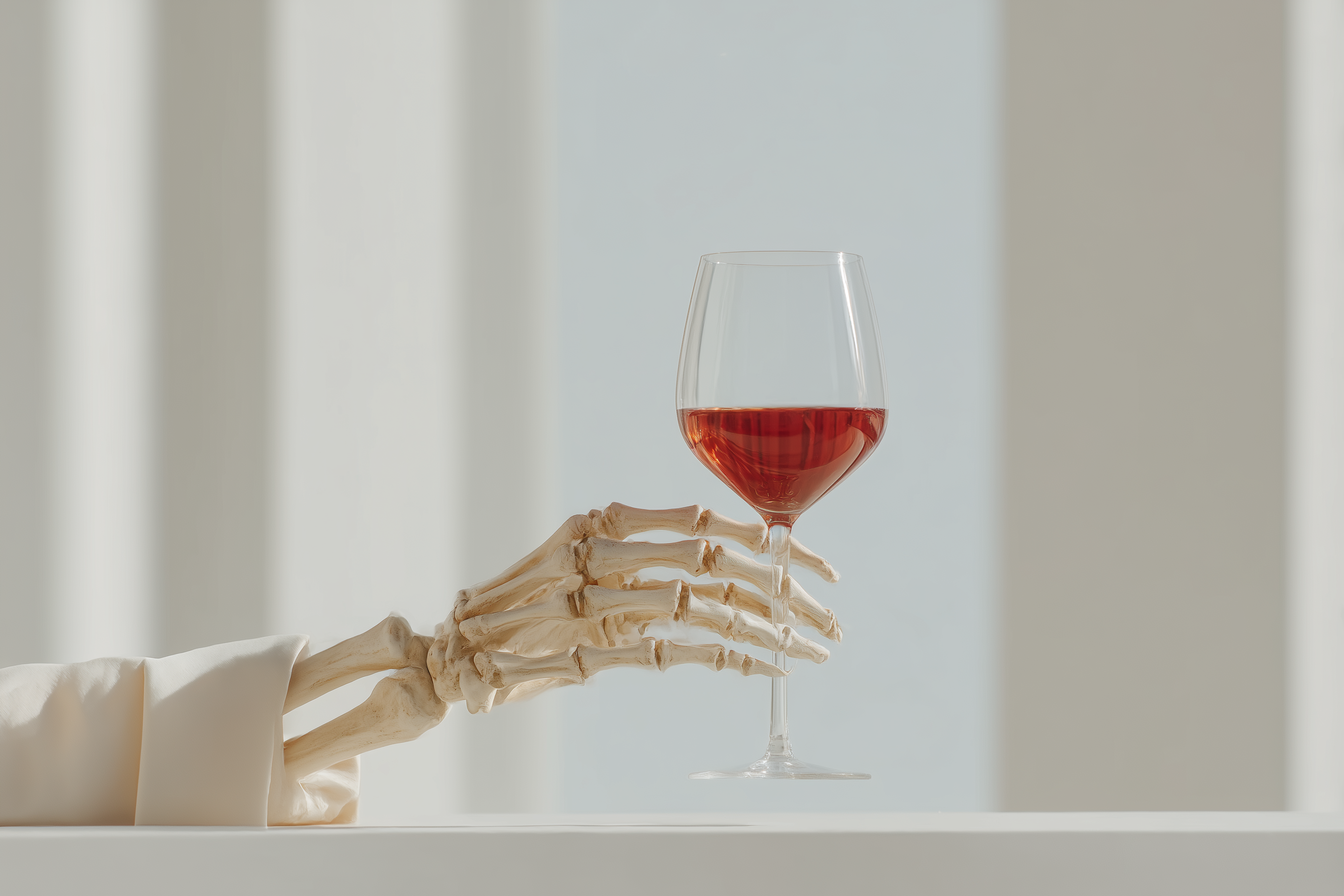
CruTrade Editorial



A legendary bottle isn’t valuable because of what it is. It’s valuable because of what it might become.
But potential is fragile. And in the wrong hands, fraudsters, hoarders, inattentive collectors, or even well-meaning enthusiasts, that value disappears.
Great wines don’t just die in vineyards. They’re lost in flooded storage units, faked in courtrooms, cooked in attics, or poured at the wrong temperature in candlelit restaurants. Bottles meant to inspire end up forgotten, broken, or betrayed.
Let’s look at how it happens.
Fraud: The Cellar as Crime Scene
In the early 2000s, Rudy Kurniawan stunned elite tasting circles with his knowledge. Then he stunned the industry by being unmasked as the most prolific wine counterfeiter in history.
He created thousands of fake bottles in his California home lab. By the time he was arrested, the damage exceeded $30 million.
The scandal didn’t just drain wallets. It shook confidence across the entire collector community. If even seasoned professionals can be fooled, what’s safe?
After his release, Kurniawan re-emerged legally producing replicas for tastings. A surreal twist but still one that undermines the aura around the originals.
Catastrophe: Hurricanes and Bankruptcy Locks
Wine doesn’t just risk fraud. It risks fire, flood, and legal limbo.
In 2012, Hurricane Sandy flooded a New York storage facility, destroying its database and trapping 27,000 cases behind bankruptcy court. For years, collectors argued over insurance, damage, and access.
Other storms have led to mass evacuations: $5 million in bottles were removed from Florida cellars ahead of Hurricane Irma. Some were saved. Others weren’t.
Storage is supposed to protect value. But if you can’t retrieve it, or prove its condition, it’s gone.
Silent Sabotage: Everyday Storage Mistakes
Not all wine is lost to drama. Most is lost to neglect.
A collector might not notice until it’s too late. A 100-bottle cellar exposed to attic heat can hemorrhage thousands in a single summer.
Even minor errors add up until the bottle you once paid $2,000 for drinks like a $20 disappointment.
Service Errors: When Great Bottles Go Flat
Service matters. And few things sabotage greatness faster than a wrong pour.
Even sommeliers get it wrong. In fact, they cite incorrect temperature as the most common service mistake.
The result? A bottle that technically survived but fails to shine. The wine’s potential is intact, but its magic is erased.
Cork Taint: The Billion-Dollar Drip
Cork taint, caused by TCA, remains one of the most frustrating ways wine loses value.
Just one nanogram can make a bottle smell like moldy cardboard. Studies estimate that 1% to 5% of cork-sealed wines are affected.
Modern treatments have reduced the rate. But when it hits a rare bottle? A $3,000 Lafite becomes a $3 lesson.
Cork taint destroys trust, not just aroma. One bad bottle can make a collector think twice about every unopened case.
The Hoarder’s Paradox
Collectors often wait too long.
Wine economist Mike Veseth says “super-collectors” might buy 20 bottles for every one they drink. The rest sit. Year after year.
But wine isn’t static. Even perfectly cellared bottles decline after their peak. Corks crumble. Aromas fade. Elegance turns to emptiness.
It’s a paradox: the more you preserve, the more you risk losing.
A wine meant to mark a moment ends up forgotten in a spreadsheet. Priceless, undrunk, and ultimately wasted.
Redemption: Putting Wine Back in the Right Hands
So what’s the answer?
It starts with care and ends with courage.
But the simplest way to protect wine’s value? Don’t let it move unless it has to.
How CruTrade Keeps Value Alive
That’s why CruTrade never moves bottles during trading.
Ownership transfers. Wine stays still.
Every bottle listed has verified provenance. Stored securely. Tracked from source. Protected against fraud, oxidation, and the long tail of storage mistakes.
Because a great bottle in the wrong hands is wasted.
In the right hands, it becomes something more: a shared memory, a lasting experience, a promise fulfilled.
Start collecting smarter at
app.crutrade.io
Citations
With just a few clicks, you’ll get access to